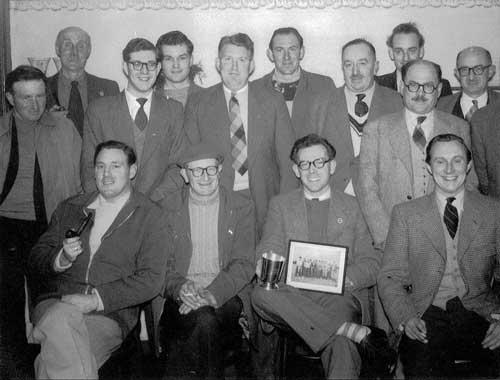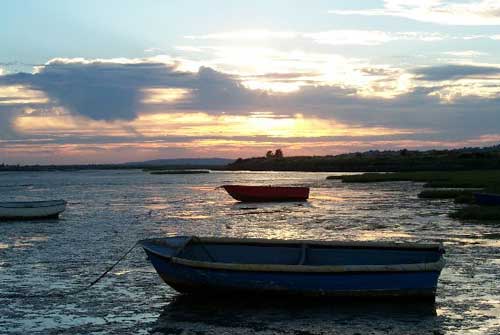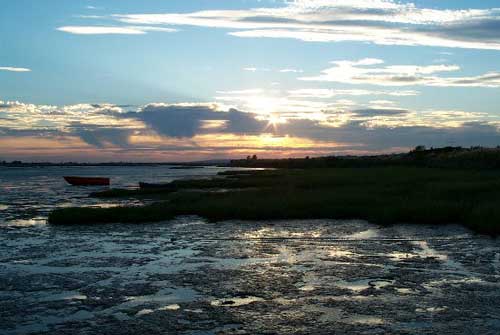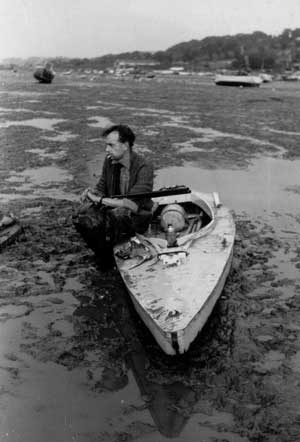| Contact us |
| Try wildfowling |
| Club merchandise |
| Wildfowl art |
| Wildfowling books |
| Join KWCA |
| Search |
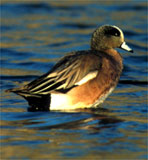
In a ground-breaking agreement for wildfowling clubs on the East Coast, the Leigh-On-Sea Wildfowlers' Association (LOSWA) has merged with the Kent Wildfowling and Conservation Association (KWCA). Their combined membership exceeds 500, which strengthens the position of both clubs, and in particular helps to protect wildfowling in Essex. The Essex club was formed in 1952
starting as the Leigh and District Gun Club but soon after changed
its name to The Leigh on Sea Wildfowlers' Association (LOSWA).
Around 1966/1967 a joint approach with the Essex Naturalists' Trust (now Essex Wildlife Trust) was made to Southend Corporation to establish a Nature Reserve on Two Tree Island and the surrounding saltings. LOSWA would assist with the wardening of the reserve and would also control the shooting on the mudflats, locally know as Leigh Green. Although the Reserve is now held by the Natural England it is still managed by the Essex Wildlife Trust and two wardens are provided by LOSWA.
The Leigh
mudflats are known locally as Leigh Green. This is due to the covering
of eelgrass (zostera marina) which, in the Autumn, gives the mud
a green sheen. The eelgrass helps to attract wildfowl to the area. The main quarry species on Leigh Green are Widgeon,
Mallard and Teal. Pintail, Shoveller and Pochard are occasional
visitors.
|


